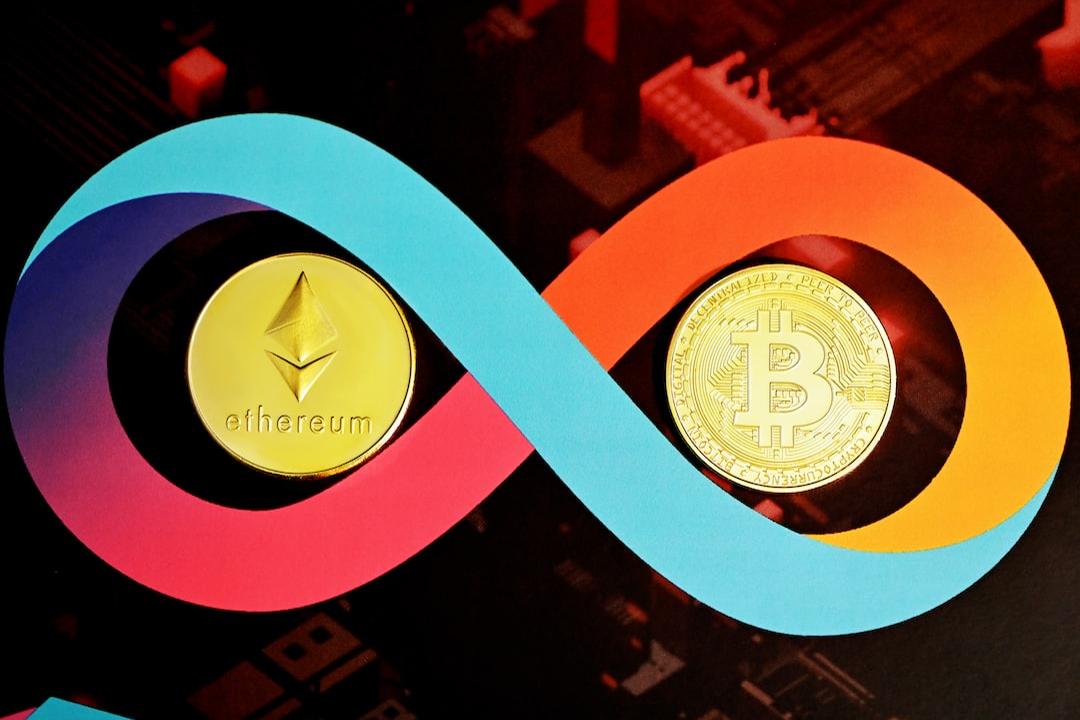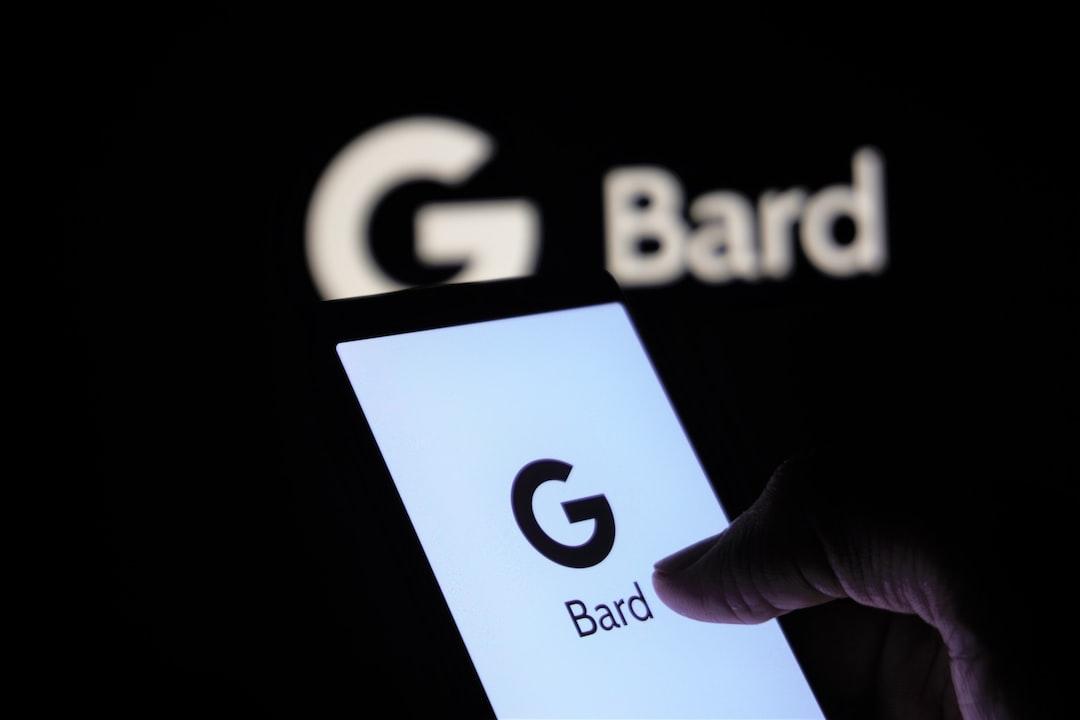Cross-chain has become a necessity in the multi-chain world, enabling the free flow of cryptocurrency assets between different blockchains. However, the blockchain industry has long struggled with cross-chain bridges. On one hand, mainstream cross-chain bridges on the market often rely on multi-signature schemes, which require a high level of trust in the participating parties. There is a weak trust assumption for alternative cross-chain solutions due to poor user experience or implementation difficulties, which has prevented widespread adoption. On the other hand, cross-chain bridges have been a target for hackers in the dark forest of the blockchain world. Each time a cross-chain bridge is compromised, it results in significant losses.
In July 2021, the cross-chain asset bridge project ChainSwap was attacked, resulting in a loss of nearly $8 million. In January 2022, Qubit Finance’s cross-chain bridge was hacked, resulting in a loss of over $80 million. In February 2022, Wormhole was attacked by hackers, resulting in a loss of over $320 million. In August 2022, the cross-chain bridge Nomad was stolen over $190 million in encrypted assets.
The Bitcoin Layer 1 asset issuance protocol RGB++ comes with a Leap feature that allows for the free transfer of RGB++ assets between Layer 1 (Bitcoin blockchain) and Layer 2 (CKB blockchain or other UTXO-based chains). This bridgeless cross-chain transfer is permissionless, does not require trust assumptions, and is secure and efficient, representing a new paradigm for cross-chain solutions.
This article will explain the basic principles, advantages, tutorials, and precautions of Leap bridgeless cross-chain in simple and understandable language.
Leap: Cross-Chain Without Bridges
Before introducing Leap bridgeless cross-chain, it is necessary to explain the minting principle and ownership transfer of RGB++ assets.
Issuing encrypted assets on the Bitcoin blockchain through the RGB++ protocol essentially involves associating Bitcoin UTXOs or writing a commitment on the Bitcoin chain. For example, Alice issues 100 Test tokens through the RGB++ protocol, which is represented on the Bitcoin blockchain as a UTXO of 546 satoshis associated with Alice’s controlled Bitcoin address. This UTXO is associated with 100 Test tokens, and on the CKB blockchain, a Cell (essentially a smarter UTXO) is generated, containing the interpretation of the RGB++ asset (i.e., 100 Test tokens) and its unlocking condition – the Cell can only be spent when Alice’s 546 satoshis UTXO is spent.
When Alice transfers 60 Test tokens to Bob, on the Bitcoin blockchain, it appears as Alice spending the UTXO associated with the original 100 Test tokens and receiving a new UTXO of the same size (546 satoshis), which is associated with 40 Test tokens. Bob’s address receives a UTXO associated with 60 Test tokens. On the CKB blockchain, the original Cell is spent, generating two new Cells – one containing the interpretation of 40 Test tokens and the other containing the interpretation of 60 Test tokens. Both of them can only be spent when the corresponding Bitcoin UTXOs are spent.
From the above example, we can see that the ownership of RGB++ assets is tied to Bitcoin UTXOs – whoever can spend this UTXO can unlock the corresponding RGB++ assets because the unlocking condition set for the Cell containing the interpretation of the RGB++ asset is the transfer of the Bitcoin UTXO.
If we construct an RGB++ transaction on the Bitcoin blockchain, setting the unlocking condition not as a Bitcoin UTXO but as a UTXO from another chain, the assets will Leap to the other chain because the assets will require the unlocking of the UTXO from the other chain in the next spending. This is the basic principle of Leap bridgeless cross-chain, a completely decentralized process without any cross-chain bridges or multi-signature addresses, and without any trust assumptions.

Of course, there are some details to consider when performing Leap operations, such as the need for several additional block confirmations to avoid block reorganization. For more knowledge about the RGB++ protocol and Leap, you can watch Cipher’s public lecture “BTC Layer 1 Asset Protocol Overview.”
Advantages of Leap Bridgeless Cross-Chain
From the basic principle introduction above, we can see that Leap does not rely on any cross-chain bridges or multi-signature addresses. It represents a truly permissionless, trustless, secure, and efficient cross-chain solution.
1. Permissionless
If I deploy a new BRC20 token today and approach the project or operator of a multi-signature cross-chain bridge, seeking to cross-chain to Layer 2, the request is likely to be rejected. Multi-signature cross-chain bridges often only support the pledging of a few top assets and the generation of corresponding wrapped assets. They do not support assets with low trading volume or lesser-known assets because deploying contracts, setting up multi-signatures, monitoring changes in multi-signature addresses, and generating wrapped assets require significant human and material resources.
On the other hand, the Leap bridgeless cross-chain functionality inherent in the RGB++ protocol does not have this problem and is completely permissionless. If you issue a meme coin on the Bitcoin blockchain today through the RGB++ protocol, you can Leap to the CKB blockchain and Leap back freely.
2. Trustless
In traditional multi-signature cross-chain bridges, users pledge or lock their cryptocurrency assets in multi-signature addresses. Users need to trust the operators of the cross-chain bridges not to act maliciously, not to embezzle funds, and not to run away because the assets are no longer under the control of the users once they are locked.
With RGB++ protocol’s Leap cross-chain, as it does not rely on any cross-chain bridges or multi-signature addresses, it eliminates the need for trust assumptions.
3. Security
Multi-signature cross-chain bridges have always been a prime target for hackers because everyone’s assets are locked in a single multi-signature address. If a successful attack occurs, a large amount of assets can be stolen. This is why each time a cross-chain bridge is compromised, it results in losses of millions, tens of millions, or even hundreds of millions of dollars.
With RGB++ protocol’s Leap bridgeless cross-chain, assets are directly transferred from peer to peer, and the assets are always controlled by the user’s private key, greatly enhancing security.
4. Efficiency
For RGB++ protocol’s Leap bridgeless cross-chain, to avoid block reorganizations, several additional block confirmations are required, usually taking a little over an hour (depending on the block generation speed and network congestion, especially on the Bitcoin network). For users, since cross-chain operations are not very frequent, this time, though slower than multi-signature cross-chain bridges, is within an acceptable range, especially considering the security and trustless nature of Leap cross-chain.
5. Other Advantages
RGB++ protocol’s Leap bridgeless cross-chain supports not only fungible tokens but also non-fungible tokens (referred to as DOBs).
Leap Bridgeless Cross-Chain Tutorial
Currently, the JoyID wallet fully supports the Leap cross-chain of RGB++ assets (Coins and DOBs) between Layer 1 and Layer 2. The following is a tutorial for performing Leap bridgeless cross-chain using the JoyID wallet:
1. From Layer 1 to Layer 2 (BTC → CKB)
After logging into the JoyID wallet, switch to the Bitcoin network, click the “Leap” button, select the Coins or DOBs you want to Leap, select “Bitcoin L2 (CKB)” in the send interface, enter the CKB address and quantity, choose the miner fee, and finally click “Send” and confirm the signature.
2. From Layer 2 to Layer 1 (CKB → BTC)
The Leap from Layer 2 to Layer 1 consists of two stages: Preparing and Complete, which require signing BTC and CKB transactions, respectively.
Preparing Stage:
Log in to the JoyID wallet and switch to the Nervos CKB network.
Click the “Leap” button.
Enter the Bitcoin address.
Select the RGB++ assets you want to Leap back to Layer 1 and enter the quantity.
Choose the FeeRate (ensure that your Bitcoin wallet has sufficient UTXO balance to pay the fee).
Click the “Leap To Bitcoin L1” button.
Click the “Prepare” button.
Sign the transaction to confirm.
Track the transaction status by clicking “Track Status” or on the redirected “Ongoing Leaps” page.
Complete Stage:
Wait for the Bitcoin mainnet to confirm the transaction, and after confirmation, click “Complete.”
Verify the Leap information, click “Complete” again, and wait for the CKB mainnet confirmation. You can track the status in Settings-Activity-Leap.
After the CKB mainnet confirmation, switch to your Bitcoin wallet to view your RGB++ assets.
Precautions
Assets issued through the RGB++ protocol are “parasitic” or “bound” to Bitcoin UTXOs, more specifically, bound to UTXOs of size 546 satoshis. If this UTXO is spent, the corresponding RGB++ assets will also be spent.
How can we avoid mistakenly spending UTXOs bound to RGB++ assets? The JoyID wallet sets a threshold, currently set at 1200 satoshis. UTXOs below this threshold will not be spent as mining fees or regular BTC transfers. Of course, different wallets may have different threshold settings. Therefore, to avoid accidental spending, it is recommended to use the JoyID wallet to store and transact with RGB++ assets.
Furthermore, it is currently not recommended to use tools developed by community members to Leap assets from the CKB chain to the Bitcoin chain. This is because some tools do not adhere to the RGB++ standard when binding the Bitcoin UTXO – they bind to UTXOs larger than 1200 satoshis. If they bind assets to UTXOs above this threshold, when users use the JoyID wallet to send BTC transactions, the wallet may easily mistake this UTXO as a mining fee or regular UTXO and spend it.

